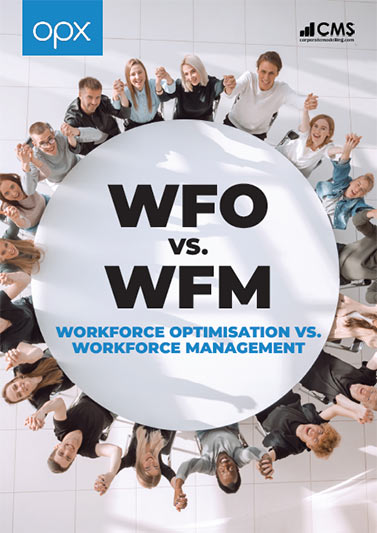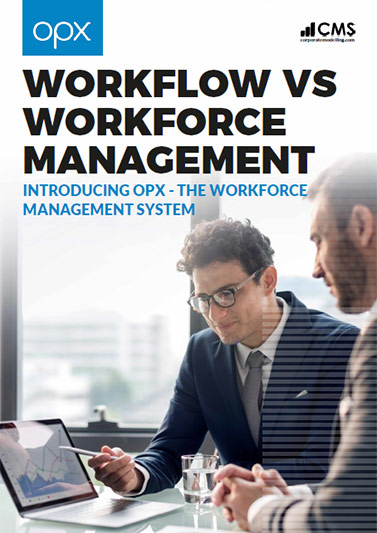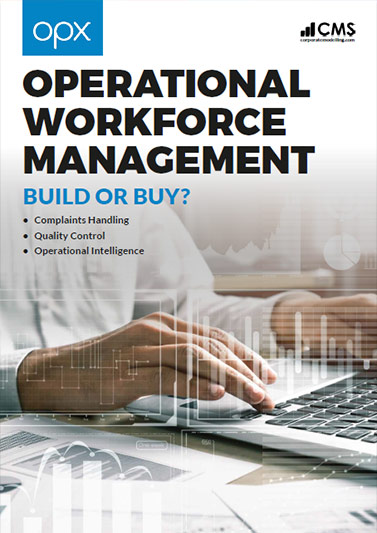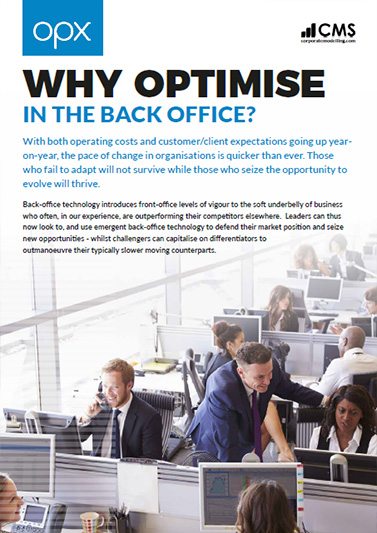CIOs and business leaders must consider technology’s impact on other costs and industry competition during budgeting season.
Companies are projected to invest more in technology across both IT and lines of business during the 2019 budgeting season. With that being the case, it’s key for CIOs to get a seat at the table and lead budget planning with digital transformation projects in mind, to deliver the most value to the business and remain competitive, analysts say.
Total US tech spending will rise an estimated 5.5 percent in 2019, while business technology spending will rise by 9 percent, according to a recent Forrester report. An improving economy and growth in cloud usage are partially responsible for the uptick in budgets, Forrester found.
“Our latest analyses have budgets still growing strong,” said Matt Guarini, vice president and research director at Forrester. “We’re optimistic that now’s the time to strike.”
While IT budgets overall are increasing, the traditional CIO budget is less so, according to James Anderson, research director at Gartner. CIO budgets are now typically either for managing legacy infrastructure or moving to cloud-based services, Anderson said. Most of the digitization funding for things like software or automated solutions are being paid for out of business unit technology funding — outside of the purview of the CIO, Anderson said.
“A lot of the CIOs that we work with are looking to move from a service provider to a partner role to be able to influence the spending of those budgets,” Anderson said. This means being involved in the decision-making of where the company should be spending money, versus being told “This is what we’re going to spend money on, and we need you to help implement it,” Anderson said.
However, it’s rare to find a company with leaders who are not saying “We need to become more like a software and data company, and create business value from applications and data,” said Mike Kanazawa, partner and America’s enterprise innovation leader at EY.
That means companies need to see IT moved from a backend system and cost of doing business to something completely integrated into products, services, and value propositions, Kanazawa said. “If you don’t spend on it, it’s almost like not spending on R&D if you’re a pharmaceuticals company,” he added. “You’re going to lose your competitive edge in your own industry.”
Technology as A strategic differentiator
Companies gain the true value of technology when they leverage it to optimize a current business process or model, Anderson said.
“Most of the true digital transformation opportunity lies within the business units and the processes themselves,” Anderson said. “Not only to optimize the current business models, but to look at potential forms of new revenue coming from new types of business models.”
These are things most organizations struggle with because they are not able to articulate the true business value of IT, Anderson said. But the CIO can make these needs more clear.
“It’s not looking at what’s in the ‘IT budget’, but at all of those things across the business that can be influenced by IT, which is just about everything,” Anderson said. “If you’re not on the innovation end of trying to fund digitalization of your business, it’s likely some other company is coming up with some type of an optimization technology to eat your revenue.”
Failure to consider digital transformation projects in budgets will have a major impact on the bottom line, and the competition, Kanazawa said. “Company after company has been disrupted or pushed out of their own market by somebody with a digital perspective, that’s created this new value proposition and new business model,” Kanazawa said. “It swings the market really fast.”
Technology can be a strategic differentiator, Guarini said. However, the ability to use it as such largely depends on where the CIO stands in the organization, he added: If they are more of a trusted advisor, that means their job is getting the company to see that technology can help with business processes. If they are a well-ingrained business partner, that means their responsibility is using technology to innovate new business propositions.
“You’re going to see some real divisions in who the winners and losers are going to be,” Guarini said. “We recognize that people have to constrain costs, but the real challenge right now is winning, retaining, and serving customers.”
A seat at the table
To get a seat at the digital transformation budgeting table, CIOs need to be multilingual, in that they must speak the language of technology but also finance and business outcomes, Anderson said.
“It’s important to be transparent, and to be able to demonstrate the value that you have in IT, not only from a general ledger perspective, but from a technical powers perspective, and then a service portfolio perspective,” Anderson said. If a CIO can do this, they are better situated to demonstrate the value IT provides.
“IT has to move from being a back office cost of doing business operation and function into something that drives the business just as much as supply chain, manufacturing, product marketing, product management, and marketing sales,” Kanazawa said. “It is a business. It’s still ingrained into the value proposition itself. You can’t say ‘We’re all running the business, and IT’s going to support us’.”
CIOs have to help both IT and executive teams understand this, Kanazawa said. “It’s something way more than just a slight budget shift — it’s an entire culture shift,” he added. “If companies don’t learn how to instrument their customer experience and deliver digitally, they’re going to be completely irrelevant over time. It’s an existential threat to companies if they don’t get their IT departments to make this shift.”
IT departments need to run in a manner that gives them some funding for normal operations, and then some for innovative projects, Kanazawa said. “When we start to put IT on the front end of being more like a product-oriented group and being part of the value proposition, the competition and the pace of innovation is going so fast right now, one year funding is too long,” Kanazawa said. “Let me get a bucket of money in IT for some aspect six months from now that I need to build to stay competitive.”
That might mean a breakthrough technology becomes available, such as something related to the Internet of Things (IoT) or blockchain, or a competitor makes a move that requires your response.
“CIOs are only going to be successful and get the resources you need and the recognition you desire if the investments you’re making are driving business outcomes,” Guarini said. “We push to get the technology team focused on the customer, and focused on delivering business outcomes. You do those things, and you’re going to be much more of a factor in the strategy of the company.”
By Alison DeNisco Rayome, published by ZD NET.







 Thank you for your interest in our whitepaper. You can download Workforce Optimisation vs Workforce Management by clicking the button below.
Thank you for your interest in our whitepaper. You can download Workforce Optimisation vs Workforce Management by clicking the button below. Thank you for your interest in our case study. You can download the HCL IBS Case Study by clicking the button below.
Thank you for your interest in our case study. You can download the HCL IBS Case Study by clicking the button below. Thank you for your interest in our case study. You can download the ReAssure Case Study by clicking the button below.
Thank you for your interest in our case study. You can download the ReAssure Case Study by clicking the button below. Thank you for your interest in our case study. You can download the Student Loans Case Study by clicking the button below.
Thank you for your interest in our case study. You can download the Student Loans Case Study by clicking the button below. Thank you for your interest in our case study. You can download the Principality Building Society Case Study by clicking the button below.
Thank you for your interest in our case study. You can download the Principality Building Society Case Study by clicking the button below. Thank you for your interest in our whitepaper. You can download WorkFlow vs WorkForce Management by clicking the button below.
Thank you for your interest in our whitepaper. You can download WorkFlow vs WorkForce Management by clicking the button below. Thank you for your interest in our whitepaper. You can download Homeworking in Financial Services Operations by clicking the button below.
Thank you for your interest in our whitepaper. You can download Homeworking in Financial Services Operations by clicking the button below. Thank you for your interest in our whitepaper. You can download Workforce Optimisation for the Back Office by clicking the button below.
Thank you for your interest in our whitepaper. You can download Workforce Optimisation for the Back Office by clicking the button below. Thank you for your interest in our whitepaper. You can download Operational Workforce Management: Build or Buy? by clicking the button below.
Thank you for your interest in our whitepaper. You can download Operational Workforce Management: Build or Buy? by clicking the button below. Thank you for your interest in our whitepaper. You can download Homeworking & Back Office Workforce Optimisation by clicking the button below.
Thank you for your interest in our whitepaper. You can download Homeworking & Back Office Workforce Optimisation by clicking the button below. Thank you for your interest in our whitepaper. You can download Why Optimise in the Back Office? by clicking the button below.
Thank you for your interest in our whitepaper. You can download Why Optimise in the Back Office? by clicking the button below.